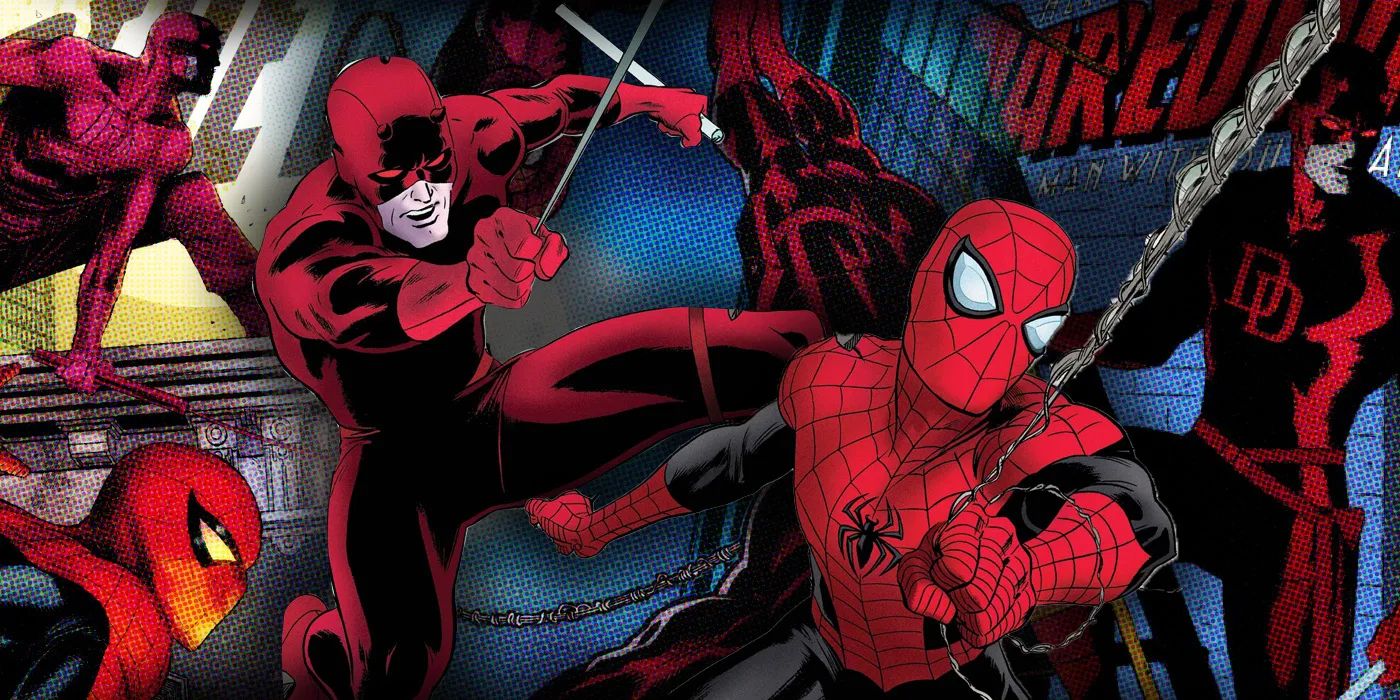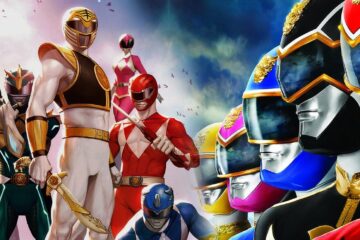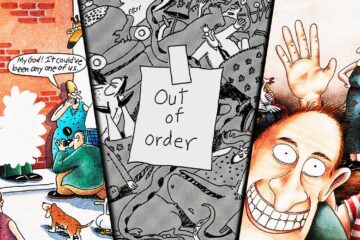Throughout much of their publication history, Daredevil and Spider-Man have been presented as kindred spirits. Both stand as academically gifted loners often misunderstood by the wider superhero community. Compared to some of their cosmic counterparts, these heroes boast more limited areas of operation. Given their street-level roots, the Web-Slinger and Man Without Fear are just as often seen fighting the mob as they are their more flamboyant, costumed foes. Through the heart of it all, both characters exhibit a desire to protect the little guy. In their formative years, they lost their father figures and were relentlessly bullied. Rather than taking this out on the rest of the world, they channel their pain into something positive and productive, setting them apart from the villains that they face.Given their similarities, it’s no wonder that these heroes have mixed and matched their rogues’ galleries over the years. This is not uncommon in the Marvel Universe—one of the great appeals of Marvel’s sandbox is the manner in which characters can drift in and out of different titles. However, these guest appearances are often little more than cameos, bearing little significance on the heroes or villains in question. But when Spider-Man’s rogues’ gallery began migrating to Daredevil, something very different happened. Many of these characters found their true home, treating readers to character-defining arcs. Daredevil’s world is the perfect place for many of Spider-Man’s enemies.First appearing in 1974’s The Amazing Spider-Man #129 by Gerry Conway, Ross Andru, Frank Giacoia, Dave Hunt, and John Costanza, The Punisher was originally depicted as a deadly assassin in the employ of The Jackal. Little is learned about Frank Castle in this issue, and the story is defined by misapprehension. The Punisher doesn’t grasp The Jackal’s malevolent intent, and the conflict is rooted in the antihero’s mistaken belief that Spider-Man is just another costumed criminal to be dispatched. While the iconic costume, fiery temper, and soul-searching that would make The Punisher such a hit are all on display in this issue, the character had by no means reached his full potential. Indeed, Conway himself was taken aback by the character’s eventual popularity, intending him as a mere second-tier character.RELATED: Who Is Marvel’s Batman Equivalent?RELATED: Why Do We Keep Coming Back To Daredevil?
Throughout much of their publication history, Daredevil and Spider-Man have been presented as kindred spirits. Both stand as academically gifted loners often misunderstood by the wider superhero community. Compared to some of their cosmic counterparts, these heroes boast more limited areas of operation. Given their street-level roots, the Web-Slinger and Man Without Fear are just as often seen fighting the mob as they are their more flamboyant, costumed foes. Through the heart of it all, both characters exhibit a desire to protect the little guy. In their formative years, they lost their father figures and were relentlessly bullied. Rather than taking this out on the rest of the world, they channel their pain into something positive and productive, setting them apart from the villains that they face.
Given their similarities, it’s no wonder that these heroes have mixed and matched their rogues’ galleries over the years. This is not uncommon in the Marvel Universe—one of the great appeals of Marvel’s sandbox is the manner in which characters can drift in and out of different titles. However, these guest appearances are often little more than cameos, bearing little significance on the heroes or villains in question. But when Spider-Man’s rogues’ gallery began migrating to Daredevil, something very different happened. Many of these characters found their true home, treating readers to character-defining arcs. Daredevil’s world is the perfect place for many of Spider-Man’s enemies.
First appearing in 1974’s The Amazing Spider-Man #129 by Gerry Conway, Ross Andru, Frank Giacoia, Dave Hunt, and John Costanza, The Punisher was originally depicted as a deadly assassin in the employ of The Jackal. Little is learned about Frank Castle in this issue, and the story is defined by misapprehension. The Punisher doesn’t grasp The Jackal’s malevolent intent, and the conflict is rooted in the antihero’s mistaken belief that Spider-Man is just another costumed criminal to be dispatched. While the iconic costume, fiery temper, and soul-searching that would make The Punisher such a hit are all on display in this issue, the character had by no means reached his full potential. Indeed, Conway himself was taken aback by the character’s eventual popularity, intending him as a mere second-tier character.
#SpiderMans #Rogues #Gallery #Shine #Daredevils #World
Note:- (Not all news on the site expresses the point of view of the site, but we transmit this news automatically and translate it through programmatic technology on the site and not from a human editor. The content is auto-generated from a syndicated feed.))



